bmilleker
TPF Noob!
- Joined
- May 30, 2010
- Messages
- 10
- Reaction score
- 0
- Can others edit my Photos
- Photos OK to edit
I just bought a Nikon D3000 body with the kit lens that comes with it. I am taking lots of pictures to try and learn the basics. Here are a few that I have questions about.
This shot: ISO was set to 100, shutter speed was 1/320 and aperture was 4.7 (according to EXIF data).
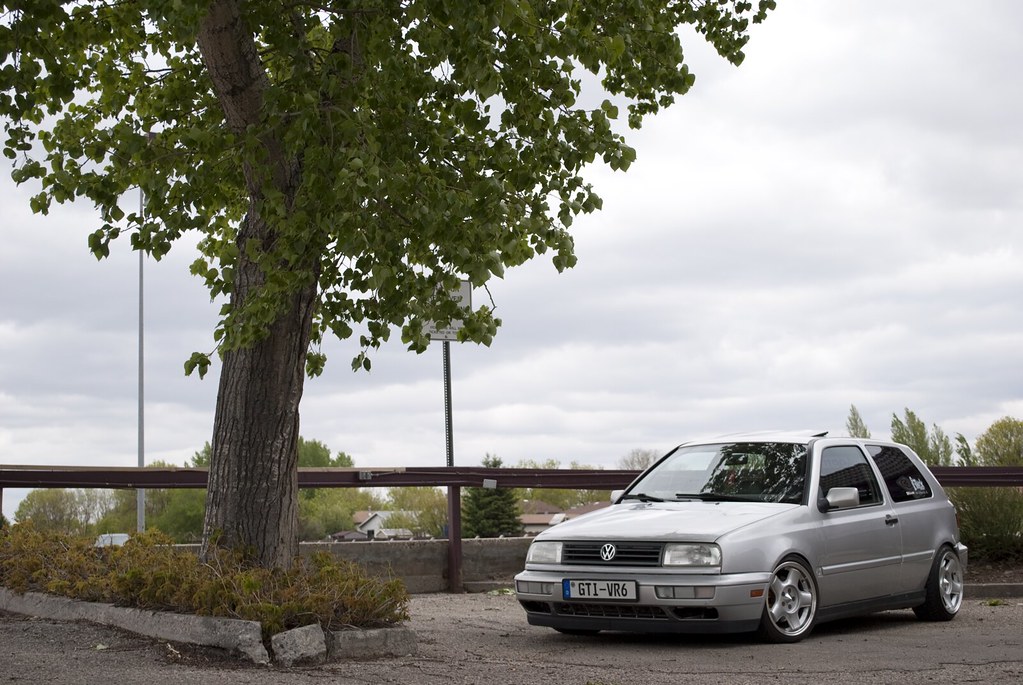
This shot: ISO 100, shutter speed 1/160, aperture 3.6.

In both these pictures things are not super crisp (at highest resolution). I am not sure what to adjust to get this. Faster shutter with higher iso? The aperture settings is a little confusing to me as well. I understand its what determines how much light reaches the sensor, but utilizing it correctly is still foreign to me. I never adjusted the aperture at all for these photos. Should i have?
Thanks in advance for any help.
This shot: ISO was set to 100, shutter speed was 1/320 and aperture was 4.7 (according to EXIF data).

This shot: ISO 100, shutter speed 1/160, aperture 3.6.

In both these pictures things are not super crisp (at highest resolution). I am not sure what to adjust to get this. Faster shutter with higher iso? The aperture settings is a little confusing to me as well. I understand its what determines how much light reaches the sensor, but utilizing it correctly is still foreign to me. I never adjusted the aperture at all for these photos. Should i have?
Thanks in advance for any help.




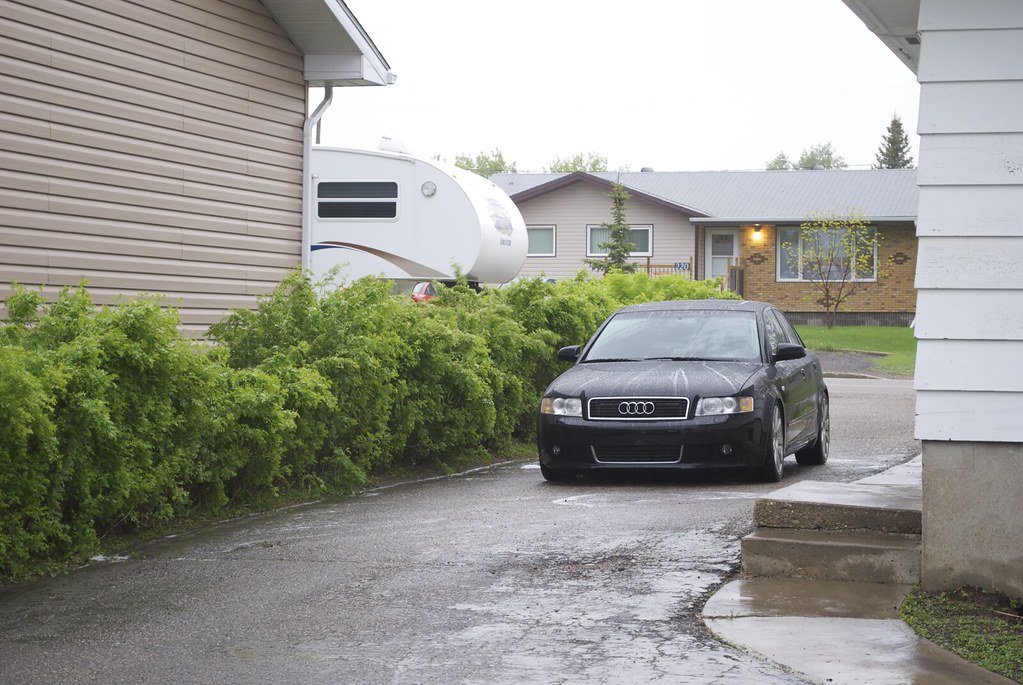
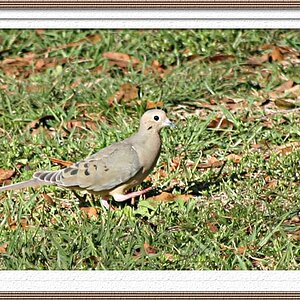
![[No title]](/data/xfmg/thumbnail/34/34116-b81991a4a8a532509a981cadbacd573c.jpg?1619736286)
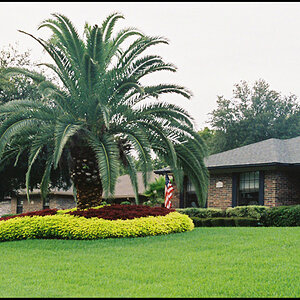
![[No title]](/data/xfmg/thumbnail/34/34115-73b827c6a6db1413dcead11e4caaae69.jpg?1619736285)
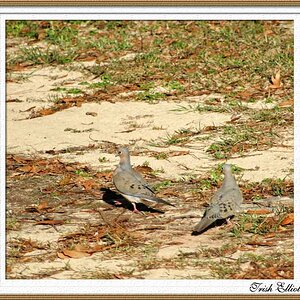
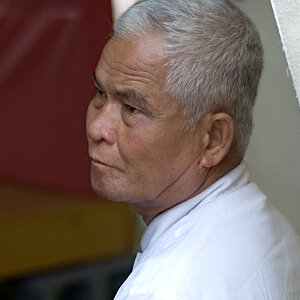
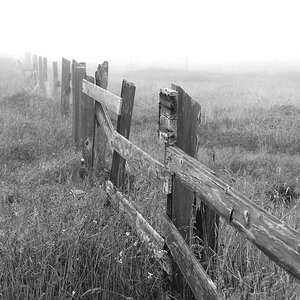
![[No title]](/data/xfmg/thumbnail/41/41931-485b5f9a9f3736e9ed9d96ecdf639921.jpg?1619739946)
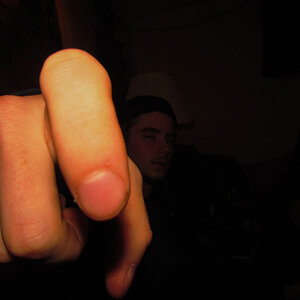

![[No title]](/data/xfmg/thumbnail/42/42359-17c2ddbbb8366896f948a571f6c09cac.jpg?1619740153)
